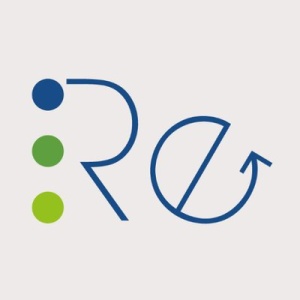
This report sets out the results of the European Union-funded REFRESH Project: Resource Efficient Food and dRink for the Entire Supply cHain. The project aimed to reduce food waste in the EU by developing an evidence base on consumer and business behaviour, assessing the environmental benefits of avoiding food waste, and designing technology to add value to food waste streams.
The areas covered by the report are:
- Understanding consumer behaviour. This part of the project found that consumers are interested in apps to reduce household food waste but generally do not see them as necessary; that on-pack information about the best place to store an item of food is seen as helpful by consumers; and that consumers generally approve of using vegetables from gleaning in soups served in schools.
- Development of voluntary agreements for reducing food waste between business, civil society and governments in four Member States of the EU.
- EU policy options to reduce food loss and food waste. This work found that there is a lack of data on food waste caused by unfair trading practices (such as last-minute cancellation of orders of perishable products); that voluntary agreements can be effective in reducing food waste; and that money could be saved and environmental impacts reduced if EU law allowed safely treated surplus food containing meat to be fed to pigs.
- Understanding food waste through behavioural economics, including an analysis of how different sizes of business vary in the type of food waste initiatives they adopt.
- Environmental and cost dimensions of food waste. This work found that reducing waste could reduce emissions by 43% in the German meat supply chain and 45% in the EU tomato supply chain, assuming that changes in consumption lead to a reduction in production (the report notes that it is difficult to predict the real-life market effects of a change in consumption).
- Valorisation options of waste streams and co-products. This work assessed the cost and greenhouse gas implications of 20 approaches to repurposing food waste streams, including using tomato pomace as high-value tomato extract or animal feed, using chicory and carrot fibre in baked products or breakfast drinks, and feeding broken biscuits or misshaped loaves to animals.
- Increasing impact through communication activities. The REFRESH project disseminated its outputs through various channels including a website, an online “community of experts”, workshops and conferences, contests and social media.
Read the full report, REFRESH Final Results Brochure, here. See also the Foodsource building block What is food loss and food waste?







Post a new comment »